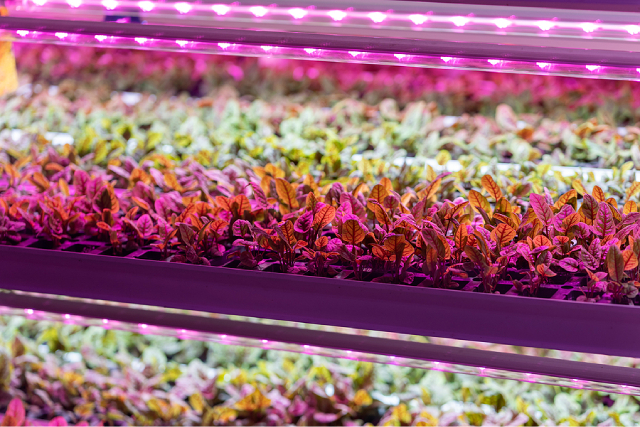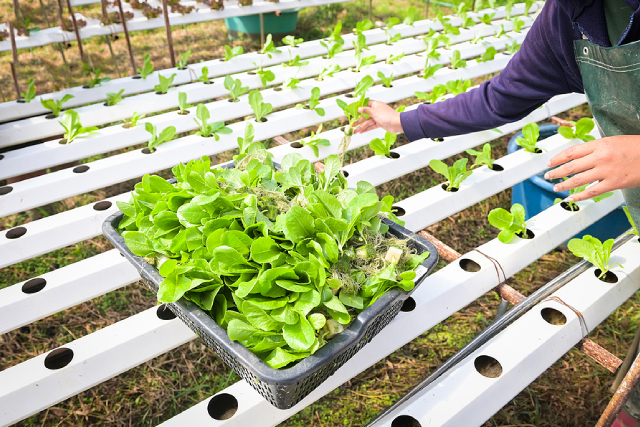16 Oct Boost Microgreens Growth: 5 Hydroponic Best Practices
Despite their small size, microgreens pack a powerful punch of nutrients, making them a fantastic addition to your diet. These tiny greens are loaded with vitamins, minerals, and antioxidants, helping to boost your immune system, improve digestion, and even reduce the risk of chronic diseases. Whether you’re sprinkling them on salads, blending them into smoothies, or garnishing your favourite dishes, microgreens add not only a burst of flavour but also a significant health boost. Growing microgreens at home, particularly using a hydroponic system, has become increasingly popular. Hydroponics is a soil-free method of growing plants that uses nutrient-rich water to nourish...



